The Ultimate Guide to Cessna 172 Fuel Burn: Tips to Optimize Your Flights
Apr 03, 2025
How much does the Cessna 172 burn? On average 8-10 gallons per hour. Knowing that helps with planning and cost management. This article covers the averages, the factors that affect burn and tips for efficiency.
Key Takeaways
-
The Cessna 172 typically consumes 8-10 gallons of fuel per hour, but newer models can use as little as 5.6 gallons.
-
Factors like altitude, aircraft weight, and power settings greatly influence fuel efficiency, making proper flight planning crucial.
-
Regular maintenance and monitoring fuel levels during flights are essential for optimizing fuel burn and managing operating costs.
At Flight Nerd Air Force, we offer in-depth resources for mastering aviation, whether you're learning about the Cessna 172's fuel efficiency or exploring comparisons with aircraft like the Piper Archer.
Our expert community of pilots with over 20 years of experience is here to guide you with insights, training resources, and tips to enhance your flying skills.
Understanding Cessna 172 Fuel Burn
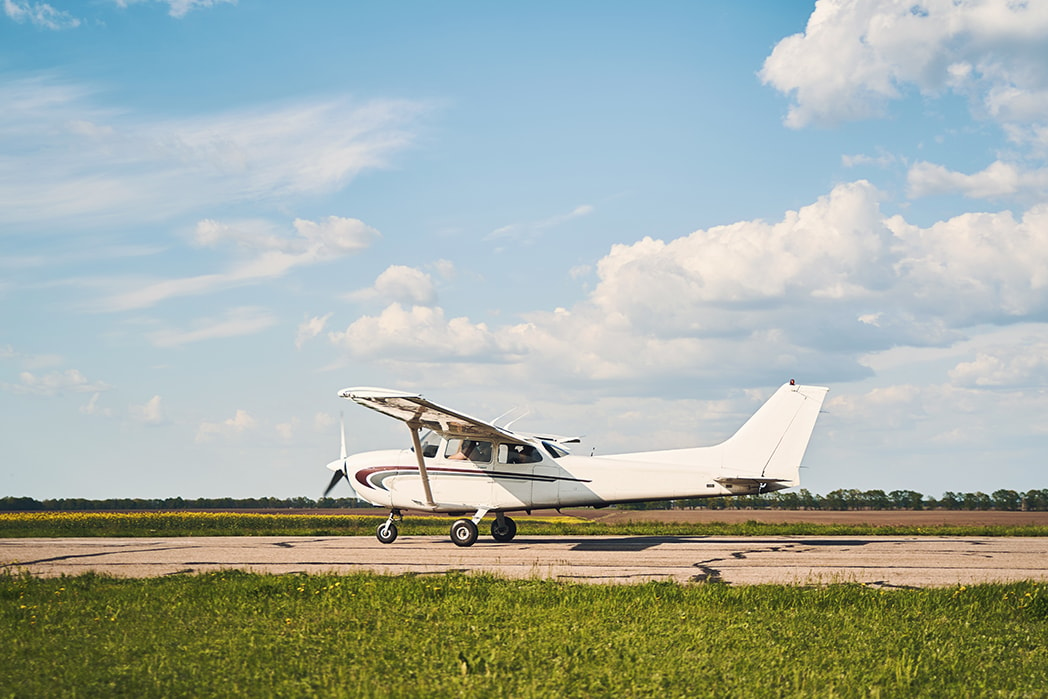
The rate at which an aircraft burns fuel during flight is measured in gallons per hour (GPH) and is known as fuel burn. The Cessna 172, a four-seater workhorse with a Cessna 172 passenger capacity of four, burns about 8-10 GPH cruising.
This can vary depending on power settings and altitude. Knowing your aircraft’s fuel burn is key to efficient flight planning and cost control.
If you're undergoing flight instruction, learning how to manage fuel burn is an essential part of your training, as it directly impacts both flight efficiency and safety.
By knowing how much fuel your Cessna 172 uses you can better calculate how much fuel you have left and plan your flights with confidence. Keeping track of how much fuel you’re using helps prevent running out of fuel on the way back home.
Check out the typical rates for average usage under different conditions you’ll encounter when flying to see what to expect on your trips with this aircraft.
Average Fuel Consumption Rates
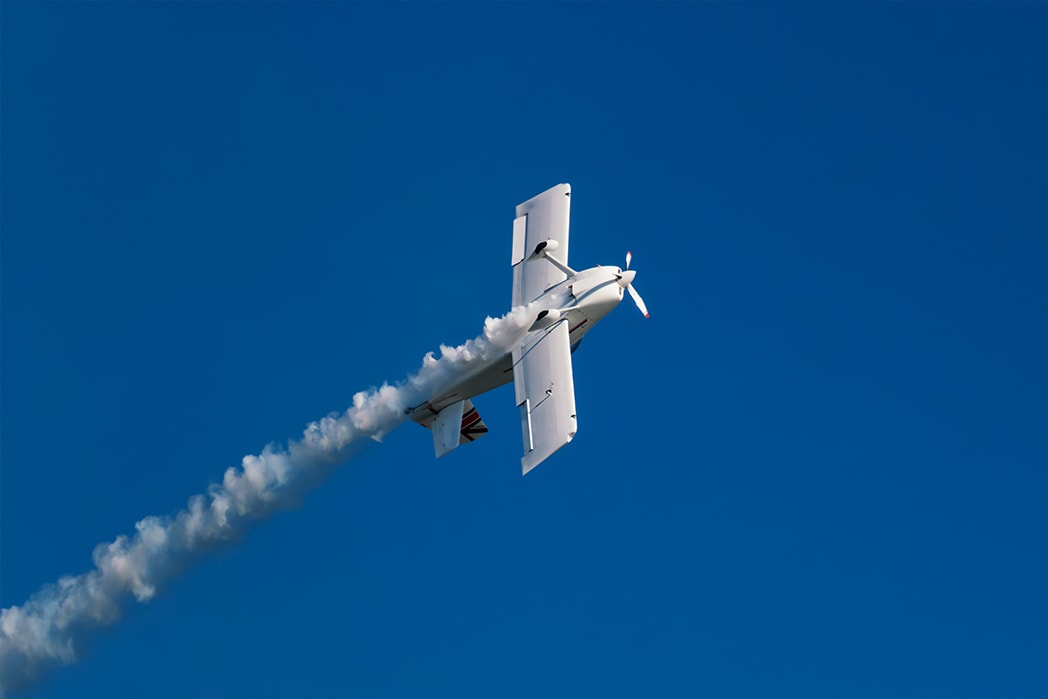
A Cessna 172 uses around 7-9 gallons of fuel per hour flight time. Newer models like the Cessna 172S use even less, 5.6-8.4 gallons per hour depending on power settings and altitude. At 116 knots cruising, for example, a Cessna 172N burns around 8.4 gallons an hour.
There are many factors that affect fuel usage during a flight; weight, airspeed and cruising altitude are just a few. By setting up for long range cruise configurations in the air with full tanks you can get over 6 hours in the air in a Cessna – and that’s very cost effective compared to other 4 seaters whose average consumption is higher.
With this knowledge of the average rates, you can plan your flights better: make sure you have enough fuel on board and control the costs. Now let’s look at what affects the consumption figures and how you can manage it.
Factors Influencing Fuel Burn
Cessna 172 fuel burn is affected by several factors. One of the biggest is altitude, with higher elevations burning less fuel due to less air resistance and more efficient engine. Thinner air at higher altitudes means less fuel burn.
The total weight of the aircraft also plays a big role in fuel consumption, carrying more weight means more fuel is used. Verify weight and balance before flight to manage fuel effectively.
Ambient temperature can also have an impact. Warmer temps will burn less fuel, cooler temps will burn more.
How much power you use during flight determines how fast fuel burns – using lower power will burn fuel more efficiently than using more power.
Finally, aerodynamic drag due to different configurations or states can change fuel burn patterns – streamlined setups burn less overall. Pilots who understand these factors can fly their Cessnas more efficiently on aviation gas.
Optimizing Fuel Efficiency
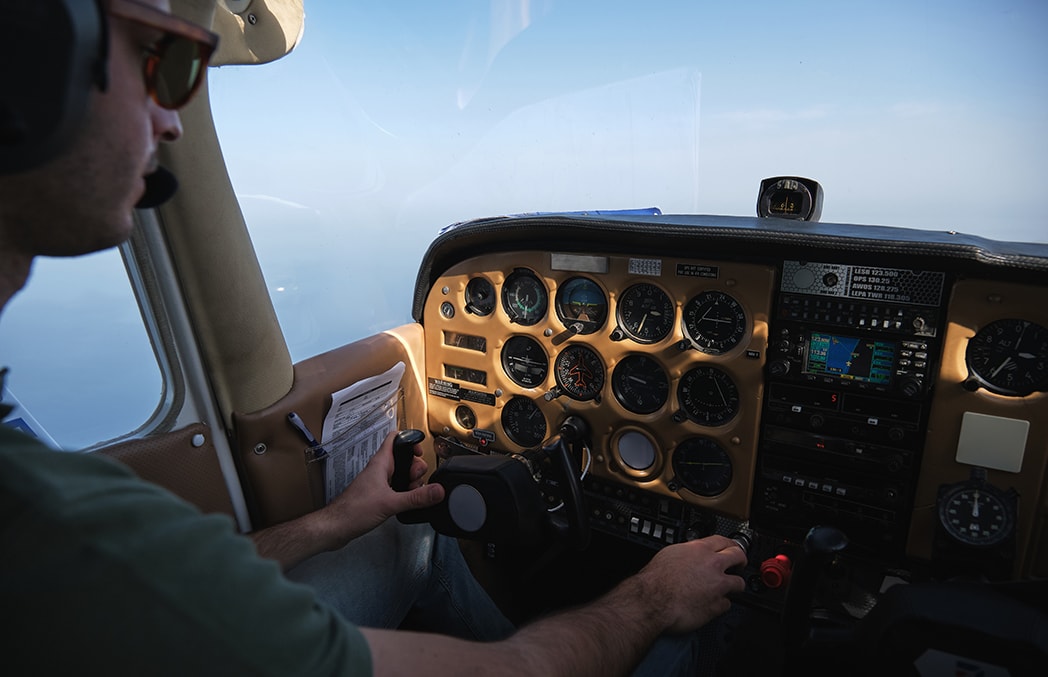
Cruise power at 55-65% will get you the best fuel efficiency while still performing great. To have both range and resource use you need to find a power setting that minimizes fuel per mile while still having endurance. Leaning out the mixture during cruise is another way to reduce fuel burn and extend your time in the air.
Taking a direct route will save you overall fuel. Being more efficient at higher altitude (6,000-10,000 ft) is because of lower air density.
Taking advantage of tailwinds when available will save you even more fuel. Lighten the aircraft by removing unnecessary cargo will also contribute to better consumption rates.
Flying smooth and gentle will reduce aerodynamic drag and the need for more power (and fuel) to maintain speed. This will preserve your energy reserves much longer than flying rough. Watch your rate of climb and you can adapt quickly to maintain optimal efficiency throughout the flight.
Power Settings and Fuel Burn
You got to get the power settings right to get the best fuel efficiency in a Cessna 172. 62-65% is the sweet spot for power settings for engine performance and longevity. During cruise 55-75% is usually fine, depending on your flight plans.
Proper throttle management can make a big difference in both fuel efficiency and engine performance. Finding the magic balance will not only make it smoother but will also consume less fuel. Knowing how power settings affect fuel burn is key to controlling operational costs.
Flight Planning for Efficient Fuel Use
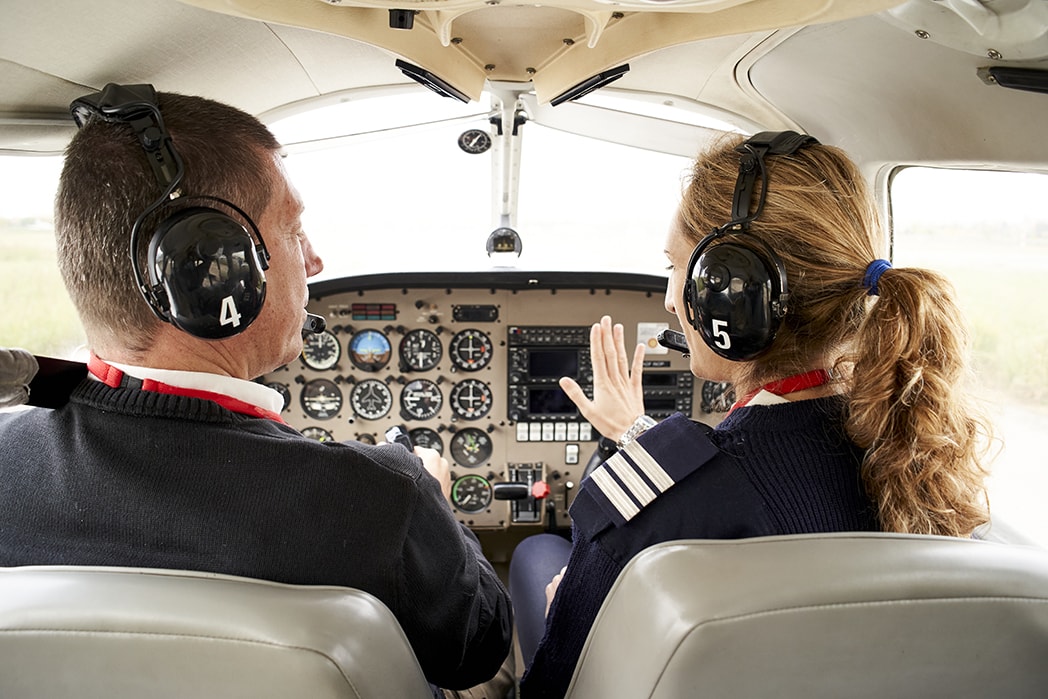
Planning your flight can save you a lot of fuel on a Cessna 172. As a private pilot, you must do a thorough pre-flight check including weight and balance to get maximum performance.
Choosing the right cruising altitude can make a big difference in fuel efficiency, higher is better as there is less air resistance.
Intelligent routing also plays a big role in saving fuel by avoiding unnecessary deviations. By using advanced flight planning software that takes into account weather and traffic, you can create more efficient routes.
You must factor in the prevailing weather conditions such as headwinds or tailwinds when plotting your course to maximize overall fuel efficiency. If you encounter light headwinds, not a problem, as adjusting your power settings can easily compensate.
By studying the fuel burn rates across different routes and altitudes, pilots get the knowledge to guide their decision making on flights.
Since faster is more fuel, pilots must balance speed and fuel consumption based on distance. By doing these practices, pilots not only use their resources wisely but can also stay airborne longer.
Fuel Management During Flight
Keep an eye on fuel during long flights to prevent running dry. Managing power is key to a smooth engine and not overheating in the air. By monitoring fuel remaining and power consistently, you will get optimal fuel consumption and safe flying.
Flying smooth and gradual helps to reduce drag and save fuel. By being proactive with your aircraft’s energy management you will save on flight costs.
Impact of Aircraft Maintenance on Fuel Burn
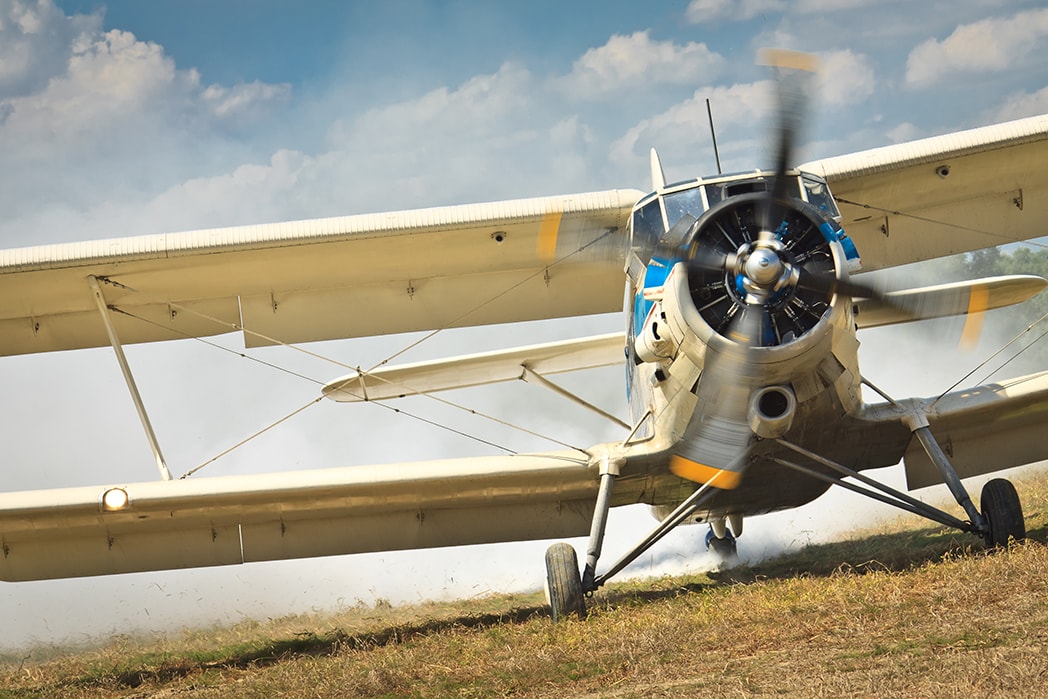
Not following maintenance schedules can cause fuel burn due to engine inefficiencies. By doing timely replacement of parts and overhauling of systems, a well-maintained aircraft can maintain or regain its fuel efficiency. Proper maintenance gives you peak performance and extends the life of the aircraft.
It’s important to do regular inspections and repairs to ensure your aircraft is running efficiently. Committing to regular maintenance helps you save fuel and more importantly, safe and reliable flights.
Comparing Fuel Burn with Other Aircraft
The Cessna 172 fuel burn is used as a benchmark for comparing other aircraft. The Cessna 172 burns about 8-10 gallons an hour on average, depending on conditions and configuration. The Piper Warrior and Beechcraft Sierra burn more fuel at 10-12 gallons an hour. These are big differences.
To further expand the comparison, the Piper PA-28 typically burns around 8-12 gallons per hour, depending on conditions, while the Cirrus SR-22, being more powerful, can burn approximately 13-15 gallons per hour.
These fuel burn numbers are important to consider when you’re choosing an aircraft that meets your needs and budget. By comparing these numbers, you can make an informed decision and figure out which aircraft fits your flying needs within your budget.
Cost Implications of Fuel Burn
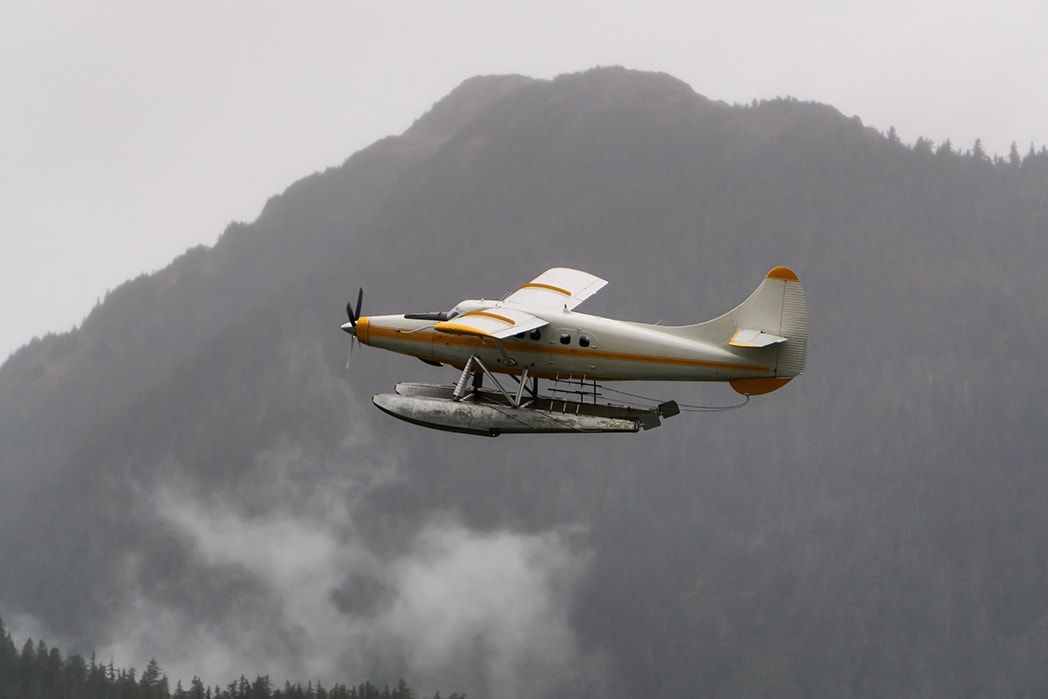
Cessna 172 operating cost is $42 to $54 per hour with Avgas priced at $6 per gallon. With fuel and maintenance, variable costs per hour are around $100 to $200.
In addition to fuel, landing fees at various airports can also increase the overall cost of flying, depending on the location. If you fly 100 hours a year, your annual expenses will range from $5,000 to $10,000.
When considering the Cessna 172 price used, it’s essential to account for the upfront investment in addition to operating costs. A used Cessna 172 typically ranges from $30,000 to $120,000, depending on the model and year.
This price can affect your long-term financial planning, making it important to balance both purchase and ongoing operational costs.
Now: Flying a Cessna 172 costs:
-
Fuel: Around $42 to$54 hourly with Avgas at $6/gallon
-
Variable expenses: Around $100-$200 per flight hour considering both fuel and ongoing maintenance
-
Yearly operational expenses: $5,000to$10,000based on 100 flight hours
Fixed annual costs of owning a Cessna can be anywhere from $800 to $5,000, which includes insurance premiums, hangar fees, and when you factor in unexpected repairs, expect to spend an extra $50 to $60 for every hour spent on ad-hoc fixes.
Avgas typically costing $6 per gallon plays a crucial role in these calculations, making it important for pilots to plan their flights and monitor fuel usage effectively.
Fuel prices can fluctuate greatly, so it’s important that pilots of aircraft use fuel-wise strategies. Knowing these costs will help pilots plan fiscally and keep track of their expenses.
Case Studies: Real-World Fuel Burn Scenarios
A Cessna 172 burns between 8 and 10 gallons an hour under normal flying conditions with no additional weight. At higher altitudes where the air is thinner it’s around 7.5 gallons an hour. In tough weather with strong headwinds it can burn up to 12 gallons an hour.
Continuously operating a Cessna 172 in scenarios that are not fuel-efficient can drive up operational expenses significantly with average hourly fuel costs approaching $200 for each flight hour.
These real-world instances emphasize how critical it is to manage and plan effectively for fuel usage in order to maximize efficiency when airborne and minimize associated costs over time.
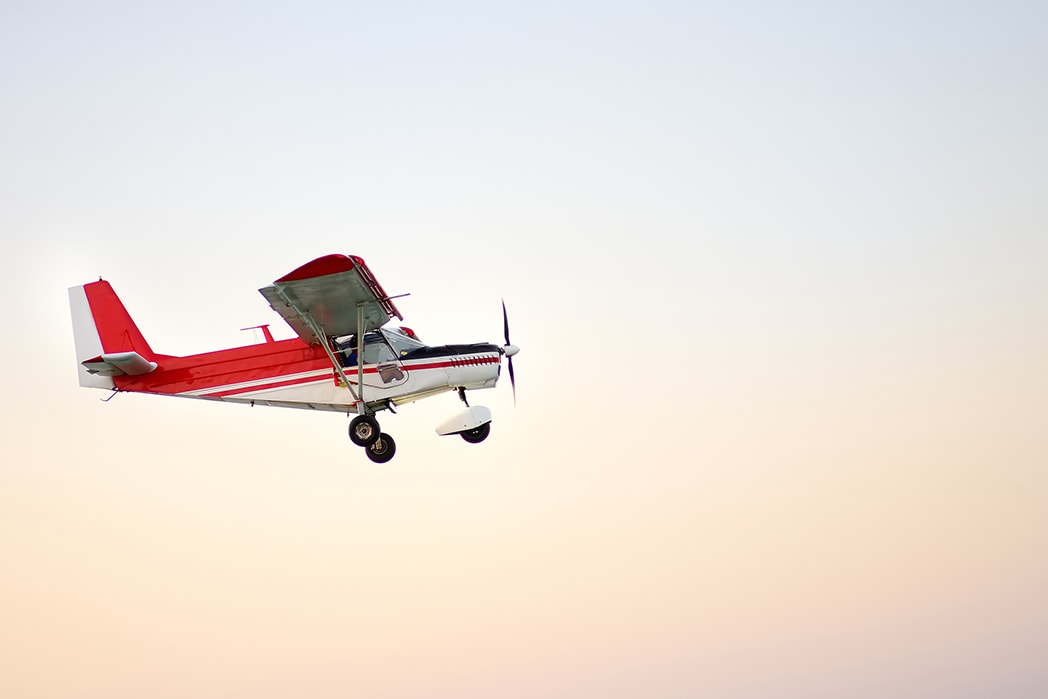
Frequently Asked Questions
What is the typical fuel burn rate for a Cessna 172?
You’ll typically see a Cessna 172 burning around 8 to 10 gallons of fuel per hour when flying at cruising speed.
It’s a decent rate for a small aircraft!
How can I optimize fuel efficiency in my Cessna 172?
You can optimize fuel efficiency in your Cessna 172 by flying at a cruise power setting of 55-65%, leaning the mixture during cruise, minimizing weight, and choosing direct flight paths.
These small adjustments can make a big difference in your fuel consumption!
How does altitude affect fuel burn in a Cessna 172?
Flying higher in a Cessna 172 can actually improve fuel efficiency because the reduced drag and better engine performance lead to lower fuel consumption.
So, if you want to save on fuel, consider climbing to a higher altitude!
What are the cost implications of fuel burn for a Cessna 172?
Operating a Cessna 172 can cost you between $42 and $54 per hour for fuel alone, with total variable expenses, including maintenance, typically landing between $100 and $200 per flight hour.
So, it’s essential to factor in these costs for your flying plans!
How does regular maintenance impact fuel burn?
Regular maintenance is key to keeping your engine running efficiently, which can significantly lower fuel consumption.
When you skip maintenance, you risk increased fuel burn due to reduced engine performance.
